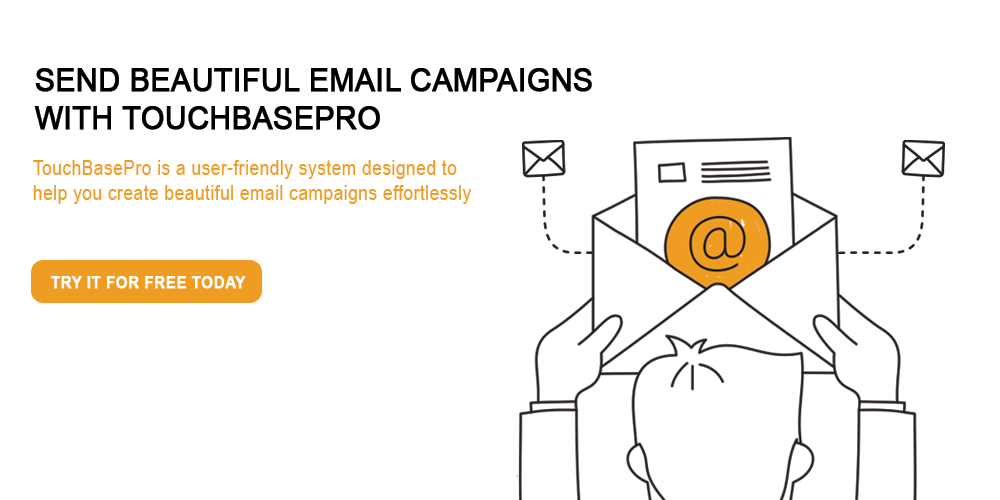How do you know the best time of day to send your campaign? In the morning, in the afternoon, or lunch time? What about subject lines, do you know what formula your subscribers respond to? In order to be a successful email marketer, these are questions you should know the answer to. But how do you get these answers? You test!
A/B testing is when you split your campaigns in two and send slightly different versions of each to sections of your database, the compare the results. Maybe you’re not that happy with your click through rates, and you want to see if changing the size and location of your CTAs will improve that. Or, maybe your open rate is too low for your liking, and you think a different subject line will help.
By constantly testing, changing and refining your email marketing, you’ll always be getting new insights and you’ll be able to keep your marketing fresh. To get you started, let’s go over some of the elements you should be testing to improve your results.
A/B tests for Subject Lines
Subject lines are the first thing you should be testing, they’re your foot in the door after all, and luckily they’re the easiest to test as well thanks to TouchBasePro’s built in A/B Test feature.
Here are some thing you can vary in your subject line to check which ones work the best:
- Length: Verbose, or succinct? Check which interests your subscribers more.
- Topic: Test different topics as subject lines to see which ones grab your subscribers’ attention.
- Promotions: See what kind of offers or promotions will entice your subscriber by saying “10% off” versus “free shipping”
A/B tests for Pre-header Text
Pre-header text is the first line of text in your email, and shows up in most email browser preview panes after the subject line. As it serves to effectively compliment your subject line, it’s an under-utilised part of your email campaign and one that you should try out.
When it comes to pre-header text, check:
- Inclusion: does it change your open rate to include pre-header text or not?
- Topic: if you’re using pre-header text already, test two different topics and see which one works better
A/B Test your Timing
The one factor of email marketing that varies wildly from industry to industry, and the one thing that you’ll only learn by trial and error is the timing of your campaign. From what day of the week to send it to what time of the day is optimal, the only way you can find out what works for you is by testing for yourself.
Every business has different types of subscribers, different levels of engagement and different interests, so there’s unfortunately no single answer to this question – which is why it is paramount that you test this. So if you see your levels of engagement dipping, shake things up! If you always send your campaigns on a Friday, why don’t you try a Wednesday instead? If you always send at lunchtime, try sending early morning on your next send. See what happens and find out what works the best.
A/B Tests on Call-to-actions
If your CTAs aren’t getting the attention that they deserve, maybe it’s time for a refresher? Try these different options:
- Copy: test out the copy you’re using on your buttons, try a generic “Buy Now” versus a more specific copy like “Get this Smart Watch Now”. For more ideas, check our 30 Calls To Action To Get You Started With Your Email Campaign blog.
- Button colour: although you want your CTA to fit in with the rest of your email, it has to stand out enough to be noticed. Test different colours and styles on your CTAs to see what entices your subscribers to click.
A/B Tests on Content
Once you’ve gotten past all the other elements of your email campaign, all that’s left to check is your content. And what an important element it is, it’s the main reason you’re sending the campaign! With that in mind, have you played around with what content works best for you, and for your subscribers?
- Length: do your subscribers prefer longer text in your campaign, or are shorter snippets with read-more links easier to digest?
- Images: are your subscribers more visual, or more copy driven? Test with including more or less images and see what drives engagement.
- Specificity: do your subscribers respond better to targeted content, or is generic the way to go? Use our Dynamic Content feature to send different content to different subscribers and see what gets the click-throughs rolling in.
